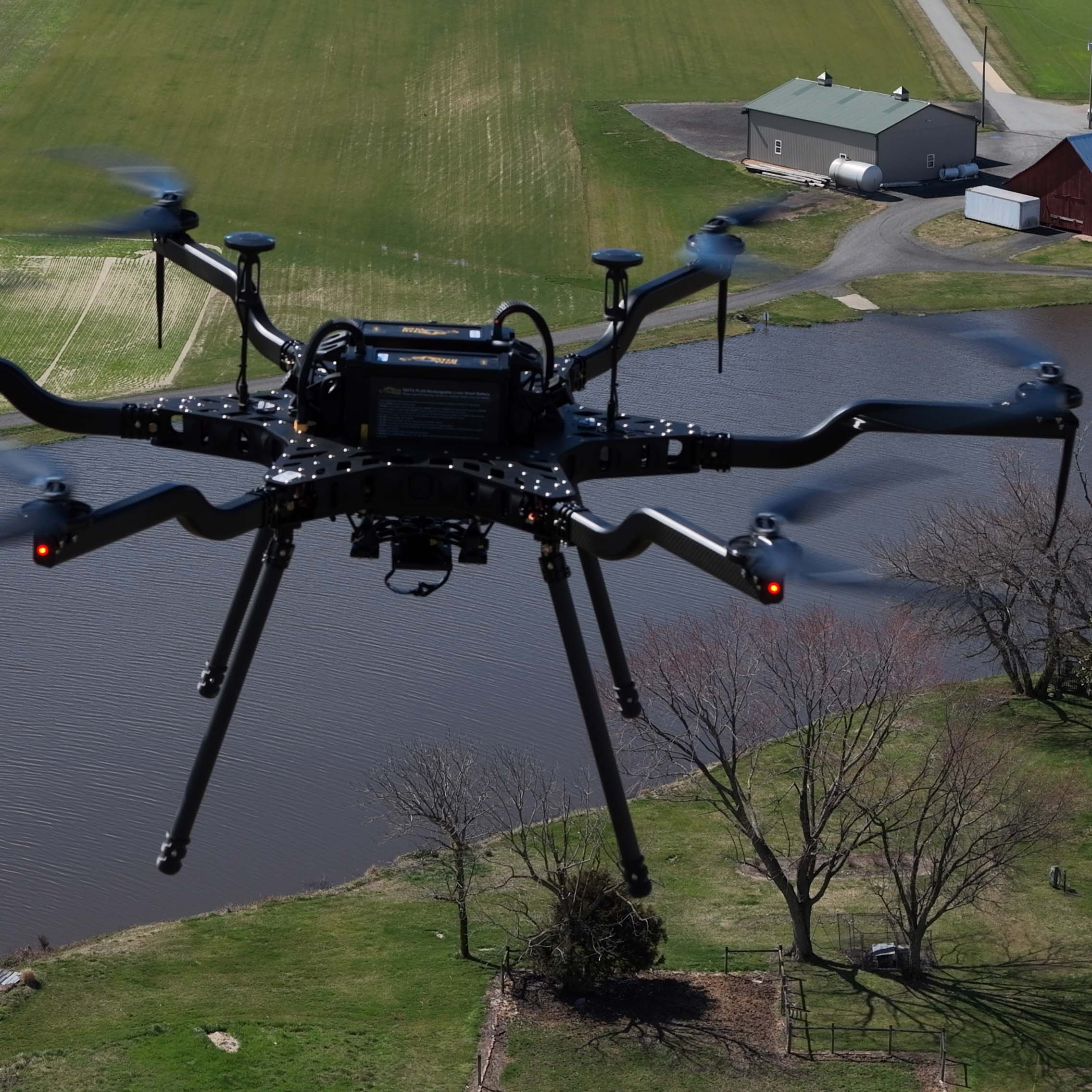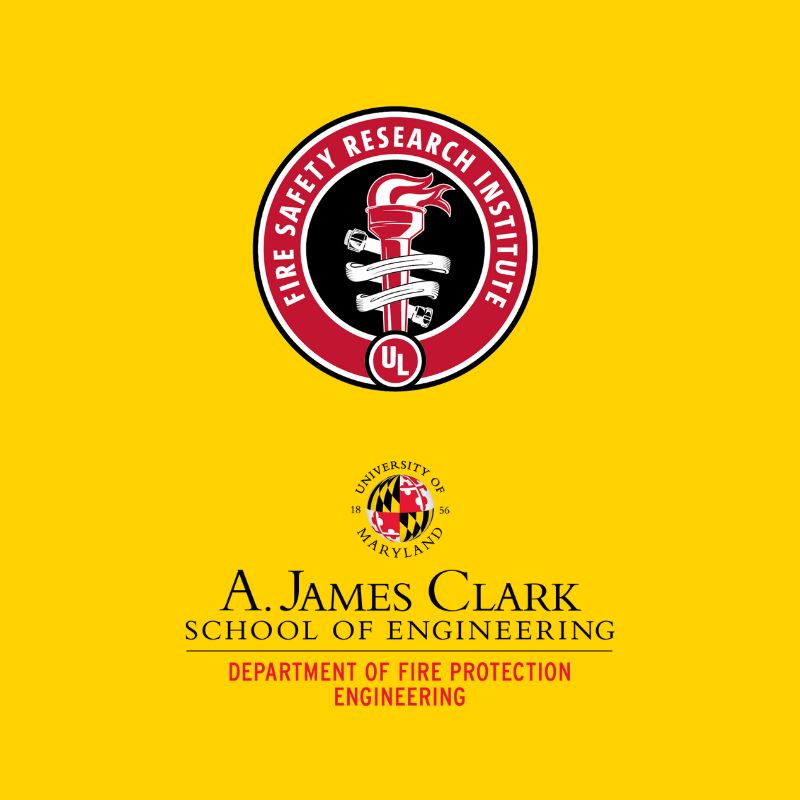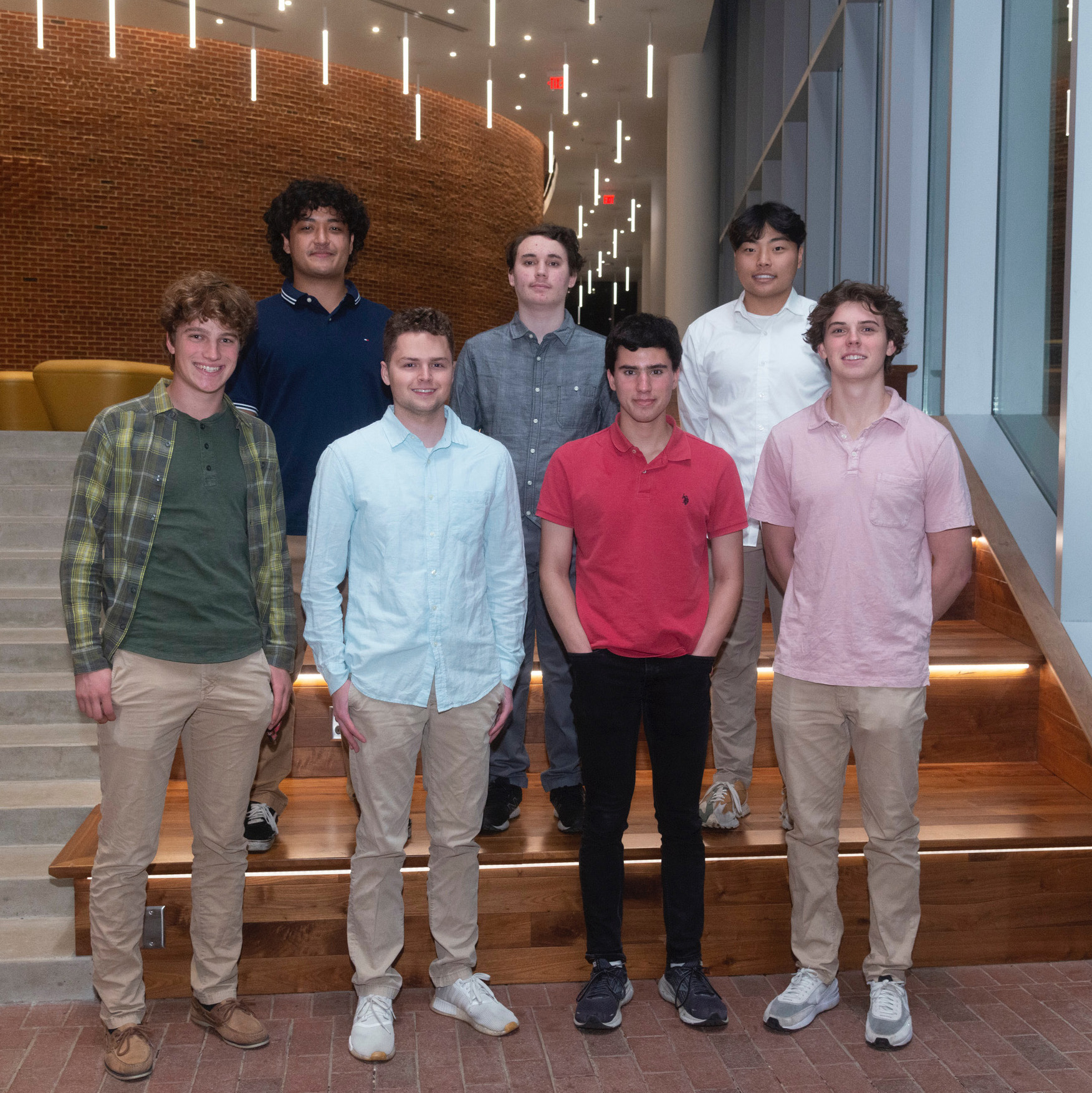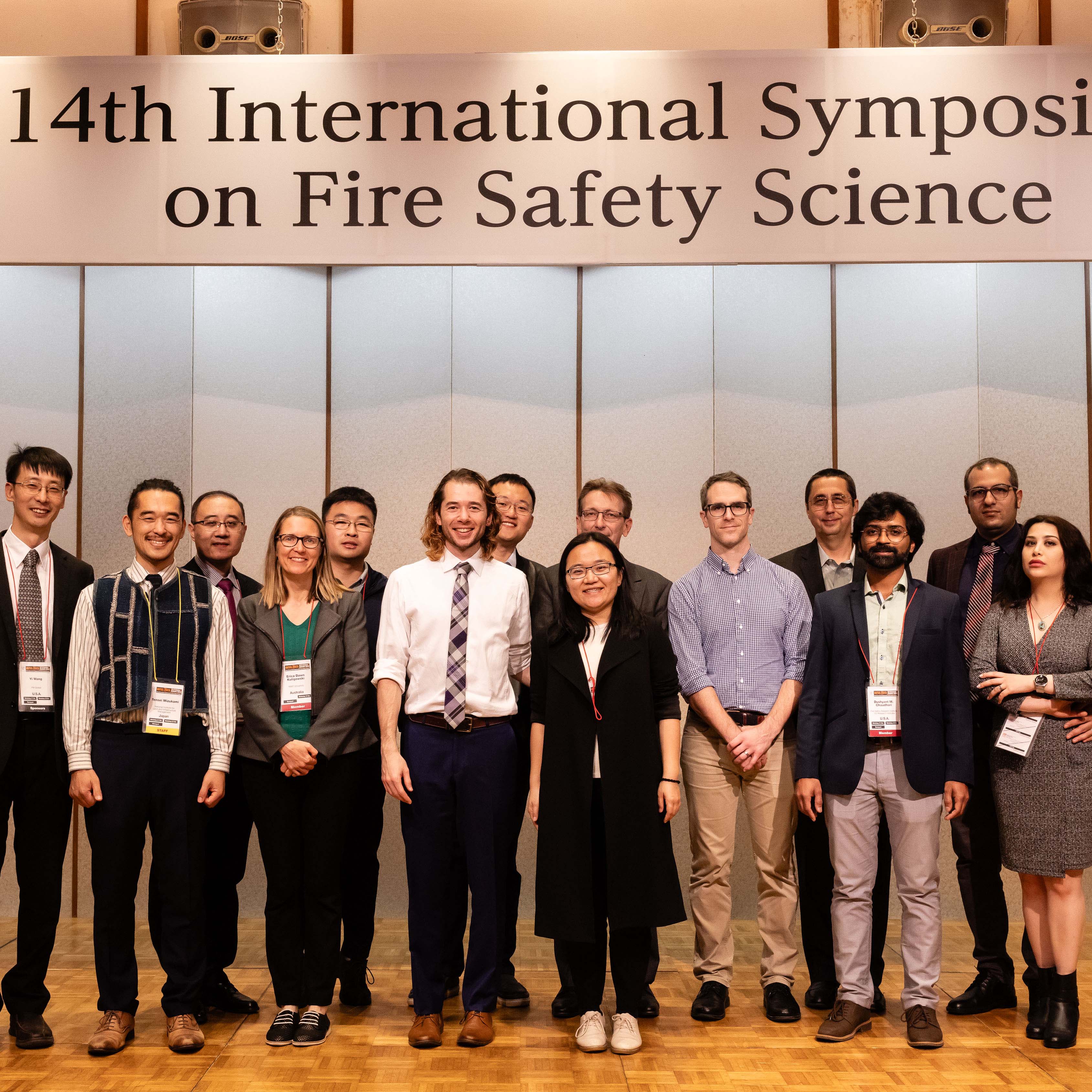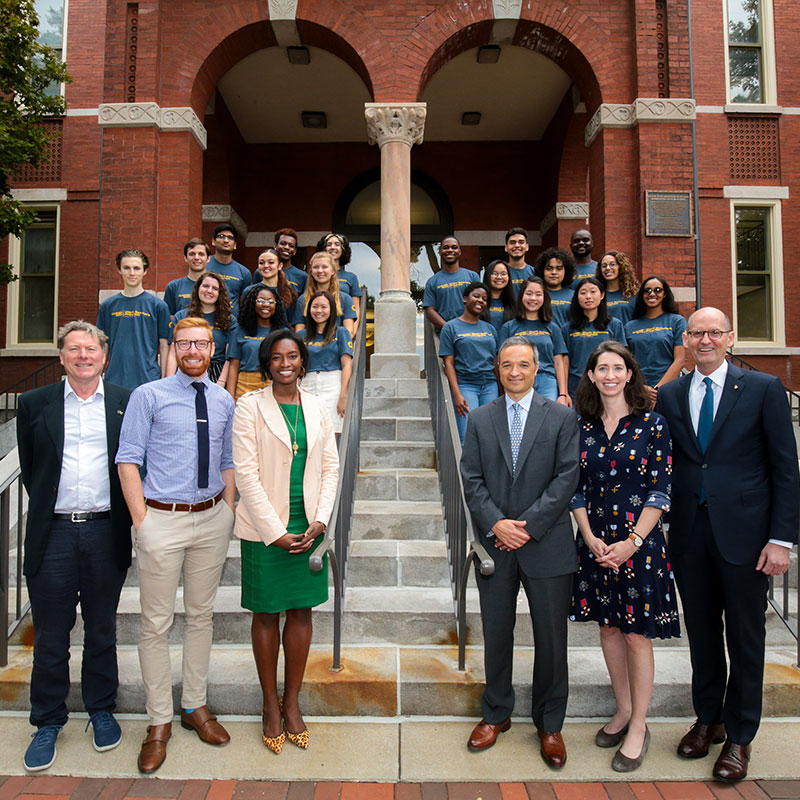News Story
Grand opening of the new UL Fire Modeling Laboratory!
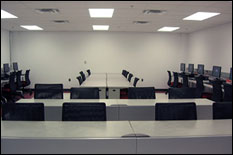
Extra tables available for teaching, team work and additional Laptop users
The UL Computer Laboratory is supported by the Engineering Information Technology of the A. James Clark School of Engineering (see http://www.eit.umd.edu/labs/jmp3216A.html). The workstations are organized into 2 groups:
• A first group of 12 workstations using the Microsoft Windows 2000 Operating System and dedicated to all-purpose use
• A second group of 4 workstations – 2 of them using the Microsoft Windows 2000 Operating System and 2 others using the Red Hat Linux Operating System – dedicated to fire modeling projects
Extra tables are also available in the center of the room and provide space for teaching, team work, and additional users bringing their own Laptops and using the JMP building Wireless network.
Parallel computing capability
Infrastructure: In addition to its pool of 16 workstations, the UL Computer Laboratory will provide access to parallel computing power by allowing remote secure login to the High Performance Computing Cluster called deepthought. deepthought is a Linux cluster corresponding to a network of Dell PowerEdge servers equipped with Intel Xeon multi-core multi-processors (the computing system currently features 99 nodes and 528 processors) and a 4 Terabyte storage system, and is supported by the Office of Information Technology (OIT) of the University (see http://www.oit.umd.edu/HPCC).
deepthought is managed as a shared facility and Professor Trouvé’s research group has already been using the cluster for the past few months for several computationally-intensive fire modeling projects. In addition, the FPE Department has recently signed a Memorandum of Understanding with OIT in order to purchase some additional Dell PowerEdge 1950 computing nodes that will be installed as part of deepthought, and will thereby provide a first FPE-owned parallel computing capability.
What is parallel computing? Parallel computing is the simultaneous use of multiple computer processors in order to maintain speed and productivity when solving large computational problems. Up to a recent past, the scope of parallel computing was limited to a few high-end academic applications running on restricted-access super-computers and managed by specialized scientists. With the continuous development of computer and networking technologies at affordable cost, parallel computing has now penetrated the professional engineering world and is routinely used for calculations of engineering systems.
Parallel fire modeling: An example of a parallel software used in the FPE community is the Fire Dynamics Simulator (FDS). FDS is developed by the Building and Fire Research Laboratory of the National Institute of Standards and Technology and is the leading fire simulation software used by fire protection engineers and fire scientists in the U.S. The latest version of FDS includes a parallel computing capability based on the Message Passing Interface (MPI) library. FDS is used heavily by both Students and Professors in the FPE Department. Access to deepthought will make parallel computing an integral part of the fire modeling experience in the Department!
Contact information
For additional information, please contact Prof. Arnaud Trouvé (email: atrouve@umd.edu; tel: 301-405-8209).
Published November 15, 2007
